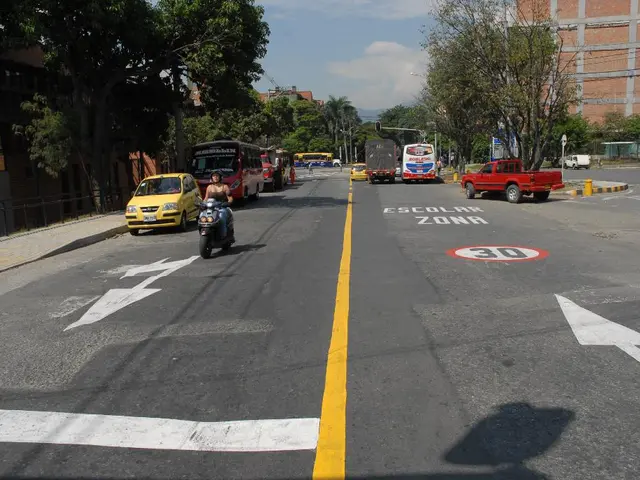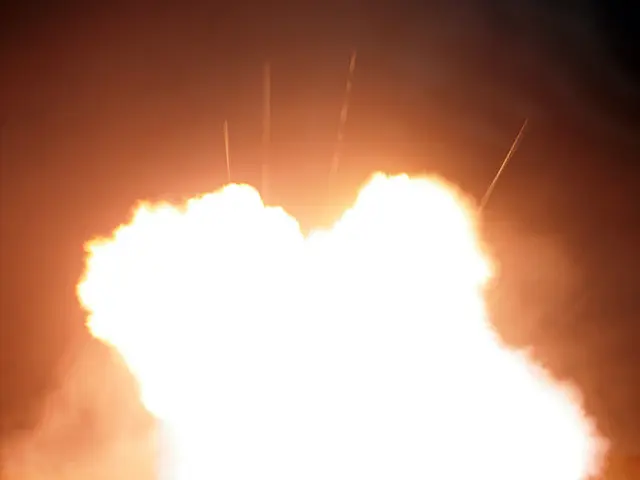Construction Worker Tragedy in Berlin
Berlin - A construction worker's life was tragically cut short in a demolition accident in Berlin-Zehlendorf. Three other workers are currently receiving medical attention for shock.
According to the local spokesperson, the three-story building is "in acute danger of collapse." The recovery of the fallen worker's body is under preparation.
This unfortunate incident comes as Berlin is grappling with an uptick in workplace accidents. Despite ongoing efforts to prevent such accidents, unfortunate incidents like this serve as grim reminders of the importance of stringent safety measures in construction sites across the region.
Source:
Safety Regulations and Measures
While the specific safety measures and regulations enforced in construction sites in Berlin following the gable wall collapse incident are not extensively detailed in the provided sources, general safety regulations and practices are in place across Germany and the EU.
- EU Directives and German Legislation: The European Union has implemented various directives related to workplace safety, such as the Construction Products Regulation (CPR) and the Machinery Directive, which outline safety and performance standards for construction products and machinery. Similarly, Germany has its own legislation, like the German Occupational Safety and Health Act (Arbeitsplatzsicherheitsgesetz), which outlines specific safety regulations for workplaces, including construction sites.
- Construction Site Specific Measures: Employers are obligated to carry out regular risk assessments to identify potential hazards and implement safety measures. Regular safety inspections are also required to ensure that safety measures are implemented and functioning correctly. Workers must receive thorough training and certification in safety procedures, including those related to fire protection and fire safety systems, to prevent collapses and other accidents.
- Digital Agreements and Documentation: Recent changes in German legislation, such as the Bureaucracy Reduction Act IV, simplify the formal requirements for employment contracts by permitting digital agreements for open-ended contracts. Although this doesn't directly tackle workplace safety regulations, it could indirectly improve documentation processes, fostering better compliance with safety requirements.
- AI Act Regulations: The EU's AI Act, although primarily focusing on AI systems, indirectly impacts workplace safety by ensuring AI systems used in construction are safe and compliant with regulatory standards.
- Employer Responsibilities: Employers must guarantee a safe working environment by maintaining essential documentation, conducting regular safety checks, and providing necessary worker training. In the aftermath of the gable wall collapse incident, employers would likely need to review and enhance their safety protocols to prevent similar incidents in the future.
While the sources do not provide comprehensive details about the recent gable wall collapse incident, they underscore the broader regulatory framework and safety measures typically in place to shield workers from workplace accidents in German and EU construction sites. Employers must observe these regulations and rigorously conduct risk assessments to ensure compliance and lessen the likelihood of similar accidents.
Conclusion
The tragic incident involving a construction worker's death highlights the importance of workplace safety in the construction sector. As employers and policymakers strive to enhance safety measures and regulations, they should be mindful of the broader context of safety practices in the European Union and Germany. By adhering strictly to these regulations, they can contribute to a safer work environment, reducing the number of workplace accidents and safeguarding the lives of construction workers.







